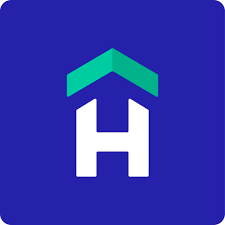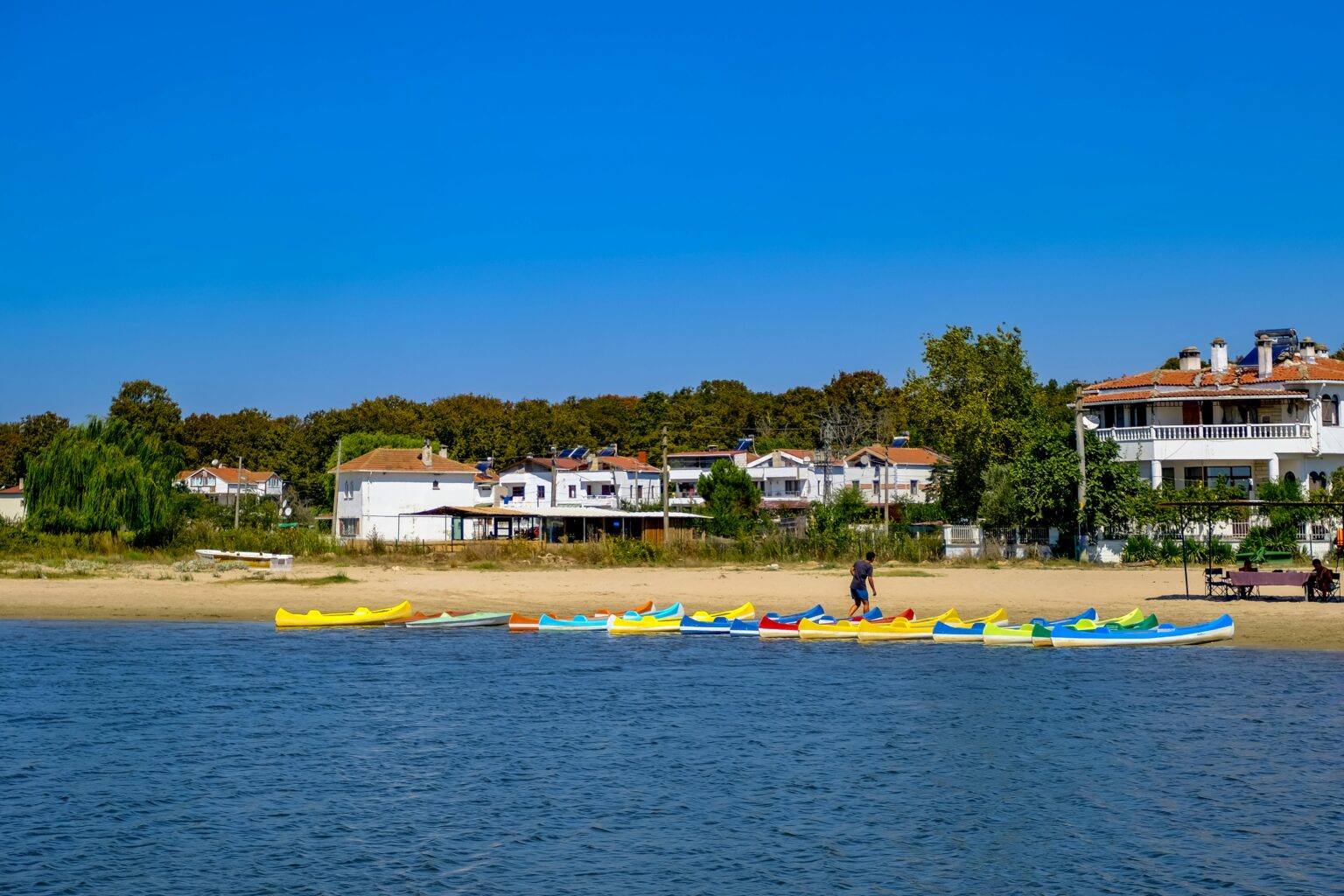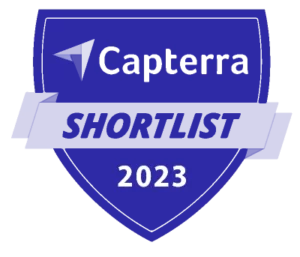Maximizing your vacation rental revenue is all about leveraging the right strategies. One critical factor often overlooked is the booking window, also known as booking lead time. This simple metric, which represents the time between when a guest makes a reservation and their check-in date, can significantly impact your property’s profitability. “By strategically managing your booking window, you can increase occupancy and capture higher rates during high-demand periods, while minimizing vacancies in slower seasons,” says Stephan Osmont, Hostfully’s CTO and a vacation rental industry veteran.
Understanding how to optimize this window can help you attract more bookings, set the right prices, and ultimately increase your revenue.
If you don’t actively manage your booking window, you could miss out on early bookings, struggle to fill last-minute vacancies, and fail to maximize your nightly rates. By optimizing this metric, you’ll improve occupancy rates, boost revenue, and create a more predictable booking flow.
What is the booking window?
A booking window, or lead time, refers to the period between a guest making a reservation and their arrival date. Property managers who understand this can adjust their availability and pricing strategies to match demand. For instance, you might offer summer bookings up to six months in advance, giving you a longer lead time to plan and optimize pricing strategies.
Booking windows vary depending on the type of property. Vacation rentals generally get more advance reservations than hotels, where bookings are often more last-minute. To optimize effectively, track your property’s average booking window over time and compare it with similar properties in your market.
Why is the booking window important?
Your booking window directly affects your revenue potential. If guests are booking at the last minute, you will need to be flexible with pricing and availability to fill vacancies. On the other hand, longer booking windows give you more time to optimize for revenue, such as offering early-bird discounts or creating special packages.
Monitoring your booking window also helps you identify trends. For example, if you notice that guests are booking closer to check-in, it may be a signal to launch last-minute promotions. Conversely, if your property is popular with early bookers, you can capitalize by increasing prices slightly during the initial booking period.
How to measure and track your booking window
Most property management systems (PMS) or revenue management providers show data on your average booking lead time. By analyzing this data over several months, you can identify whether your property attracts more early bookers or last-minute guests, allowing you to adjust pricing and marketing strategies accordingly.
Otherwise, you can consider buying top-tier vacation rental analytics software like Key Data Dashboard. Through an integration with your PMS, software like Key Data tracks your data in real-time and sends notifications on how to get the most out of your portfolio. Note that Hostfully users get access to a free Key Data version, including advanced analytics metrics.
Factors that impact booking lead time
Several factors influence how far in advance guests are likely to book:
- Seasonality: During peak travel seasons, guests are more likely to book early to secure the best properties. In contrast, off-season bookings are often made closer to the check-in date.
- Location: Urban vacation rentals, especially those catering to business travelers, typically see shorter lead times, with bookings often made just days before arrival.
- Guest type: Different travelers have different booking behaviors. Families tend to book well in advance, while couples or solo travelers may prefer spontaneous trips.
- External factors: Unexpected events like travel restrictions or extreme weather can shorten lead times, while periods of stability may lengthen them as travelers plan ahead with confidence.
- Bookable nights: Having a minimum length of stay requirement can shorten your booking window by limiting availability for shorter-duration bookings.
8 Strategies to optimize your booking window for maximum revenue
Now that we’ve covered the factors that influence booking windows, let’s dive into seven actionable strategies that will help you optimize your booking lead time for maximum revenue.
1. Dynamic pricing
Dynamic pricing software that adjusts rates based on real-time demand, seasonality, and booking trends is a powerful tool for optimizing your booking window. Offering discounted rates for early reservations can incentivize guests to book further in advance, giving you more time to manage availability and maximize revenue. Conversely, offering slight discounts closer to check-in can help fill last-minute gaps.
Tools like PriceLabs, Beyond, DPGO, or NightPricer automate rate adjustments by analyzing competitor pricing and market demand. As Stephan Osmont, Hostfully’s CTO and seasoned property managers says “I’ve found that dynamic pricing tools like PriceLabs are essential for balancing demand and supply. By adjusting rates for high-demand weekends or offering discounts mid-week, we’re able to fill vacancies and extend our booking window.”
2. Promotions for early and last-minute bookings
Offering special promotions like early-bird discounts or last-minute deals is a great way to capture bookings that might otherwise be missed. Early-bird offers encourage guests to lock in their stay well in advance, while last-minute deals appeal to spontaneous travelers looking for a bargain.
For best results, combine promotions with a direct booking website and use direct-to-guest marketing strategies, such as personalized emails, social media promotions, and newsletters targeting past guests. These efforts can drive early and late bookings, helping to extend or shorten your booking window depending on your needs.
3. Flexible cancellation policies
Guests are often hesitant to book far in advance due to the fear of unforeseen changes in their travel plans. By offering flexible cancellation policies, you give them peace of mind, which encourages earlier bookings. A cancellation policy that allows guests to modify or cancel without heavy penalties reduces the risk they feel in committing to an early reservation, which can lengthen your booking window.
Promoting this flexibility in your booking terms not only encourages early reservations but also gives you more control over your pricing strategy, allowing you to secure bookings earlier while maintaining occupancy.
4. Targeted marketing campaigns
Tailoring your marketing efforts to the behavior of your typical guests can make a significant difference in optimizing your booking window. If your property tends to attract last-minute bookers, listing on channels like Whimstay or GetawayGoGo, which cater to spontaneous travelers, can help you capture short-lead bookings.
For properties that see a lot of early bookings, create targeted email campaigns offering early-bird discounts or other incentives to secure reservations well in advance. Marketing campaigns should also be segmented to reach different traveler types, such as families who plan in advance or couples who may prefer spontaneous trips.
5. Seasonal adjustments
Understanding seasonal booking trends is crucial for adjusting your strategies to different times of the year. During peak travel seasons, when demand is naturally high, you may not need to offer discounts, as guests are eager to book early. Instead, focus on gradually increasing rates as availability decreases, allowing you to capture maximum revenue.
In contrast, during low seasons or shoulder periods, when guests tend to book closer to their check-in dates, offering strategic promotions like bundled experiences or discounted rates can incentivize earlier bookings and extend your booking window. By targeting off-season travelers such as digital nomads or retirees, you can maintain steady occupancy year-round.
6. Minimum stay requirements
Implementing minimum night stay requirements can also impact your booking window by influencing the type of reservations you attract. For example, setting a three-night minimum stay during peak seasons can increase your booking lead time, as guests looking for longer stays tend to book earlier. This can help fill your calendar more efficiently.
However, in slower periods, you might consider reducing or removing minimum stay requirements to attract last-minute bookings and avoid vacant nights. Balancing these requirements based on seasonality and demand helps you adjust your booking window effectively.
7. Analyze historical booking data
Analyzing your property’s booking history is one of the most important strategies for optimizing your booking window. Tools like Key Data Dashboard and Hostfully’s advanced reporting features offer in-depth insights into past guest behavior, seasonal trends, and booking patterns. “Regularly reviewing booking patterns is a game changer for optimizing revenue. We’ve seen clear trends of early bookings during the summer and last-minute spikes in the off-season, allowing us to adjust our marketing and pricing strategies accordingly,” notes Mitch Foster, a vacation rental and medium-term rental operator.
With this data, you can proactively adjust your pricing strategies, launch timely promotions, and fine-tune your marketing efforts to align with guest behavior. For example, if historical data shows a trend toward early summer bookings, you could raise rates slightly during the initial booking phase to maximize revenue. Alternatively, if data shows a surge in last-minute bookings during the off-season, you might focus on marketing last-minute deals to fill vacancies.
8. Multichannel distribution
Listing your property on multiple booking channels is a highly effective way to extend your booking window by exposing your vacation rental to a wider audience. Each platform attracts different types of travelers, and by tapping into various channels, you increase your chances of capturing both early and last-minute bookings. For example, platforms like Airbnb and Vrbo may attract more spontaneous or short-lead travelers, while niche sites like Booking.com or HomeAway can help secure longer, more planned stays.
By adopting a multichannel distribution strategy, you increase visibility across diverse guest types and regions, ensuring your property is seen by potential guests who book further in advance. Additionally, many property management platforms like Hostfully offer channel management tools that make it easy to sync availability, pricing, and reservations across multiple platforms. This connectivity minimizes the risk of double bookings and maximizes your opportunity to fill your calendar well ahead of time.
Incorporating multichannel distribution increases your booking odds and gives you greater flexibility to optimize for different lead times, ultimately extending your booking window and boosting revenue.
The power of an optimized booking window
Understanding your property’s booking window is critical to maximizing revenue. By implementing these strategies—like dynamic pricing, tailored marketing, and flexible policies—you can optimize lead times to fill your calendar and boost your income. Whether you’re aiming to attract early bookers or capture last-minute travelers, mastering the booking window is a powerful way to stay ahead of the competition and drive more revenue for your vacation rental.







